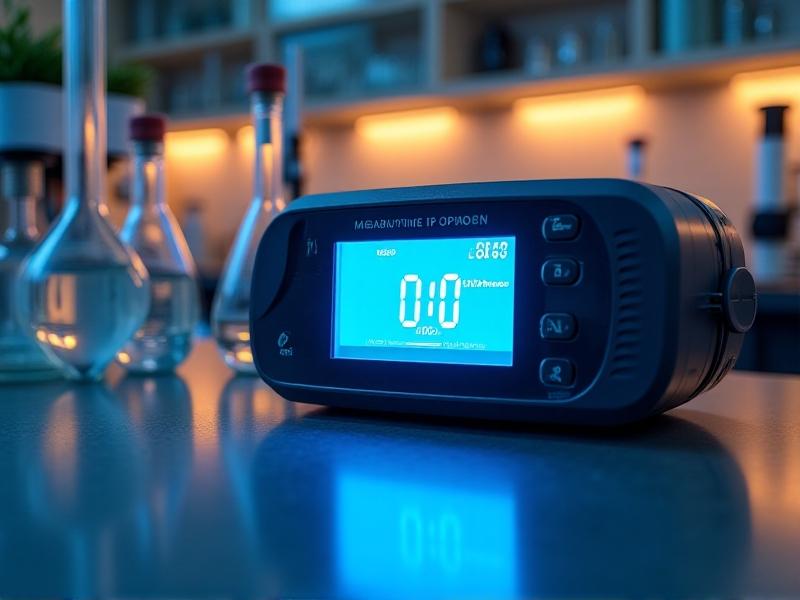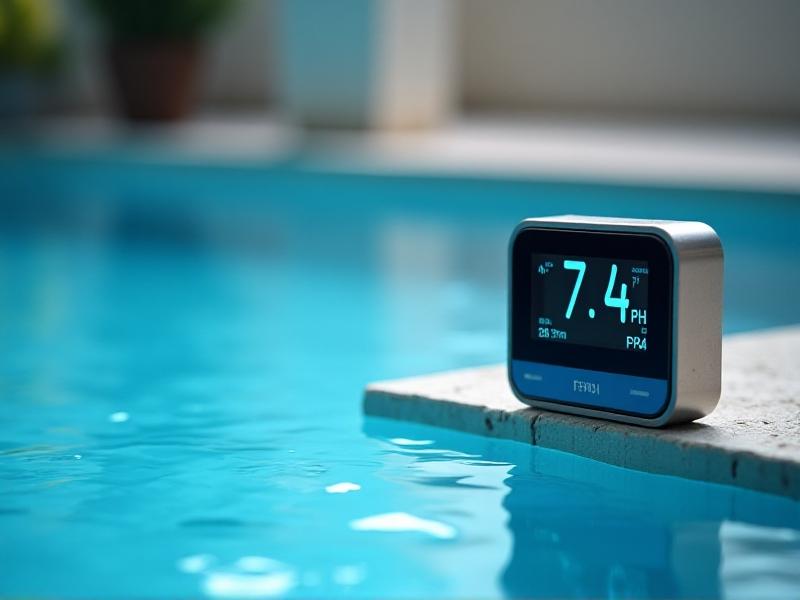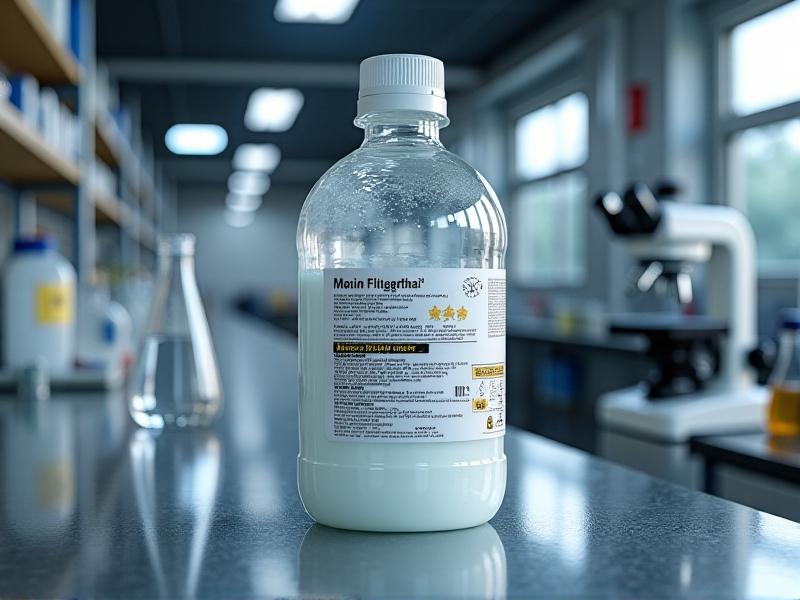Ozone vs UV Sanitization Cost Analysis
Understanding Ozone and UV Sanitization
Ozone and UV sanitization are two popular methods used for disinfecting air, water, and surfaces. Ozone sanitization involves the use of ozone gas (O3), a powerful oxidant that can break down organic and inorganic contaminants. UV sanitization, on the other hand, utilizes ultraviolet light, specifically UV-C, to destroy the DNA and RNA of microorganisms, rendering them harmless. Both methods are effective in killing bacteria, viruses, and other pathogens, but they operate on different principles and have distinct advantages and disadvantages.
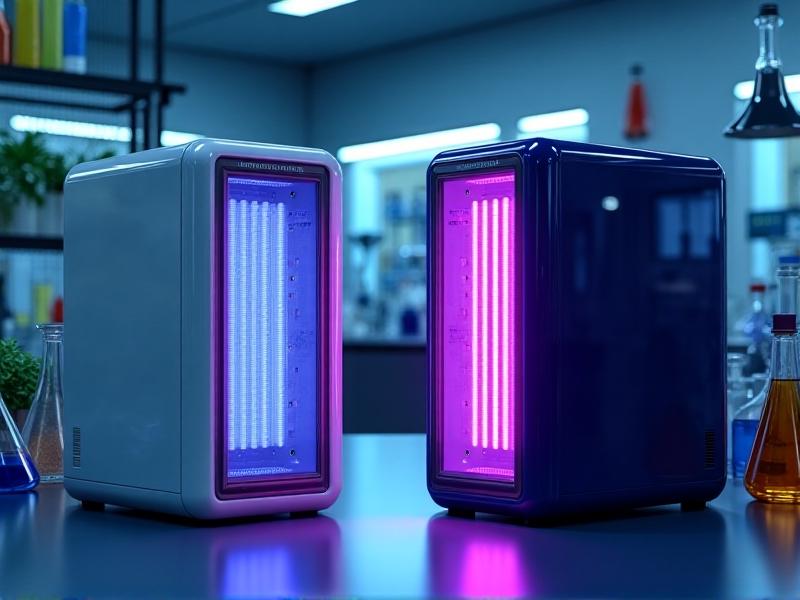
How Ozone Sanitization Works
Ozone sanitization works by generating ozone gas, which is then released into the environment to be treated. Ozone is a highly reactive molecule that can oxidize a wide range of contaminants, including bacteria, viruses, mold, and odors. The process involves passing oxygen through a high-voltage electrical discharge, which converts the oxygen (O2) into ozone (O3). Once released, ozone molecules react with contaminants, breaking them down into simpler, less harmful compounds. After the sanitization process, the ozone naturally reverts back to oxygen, leaving no chemical residues behind.
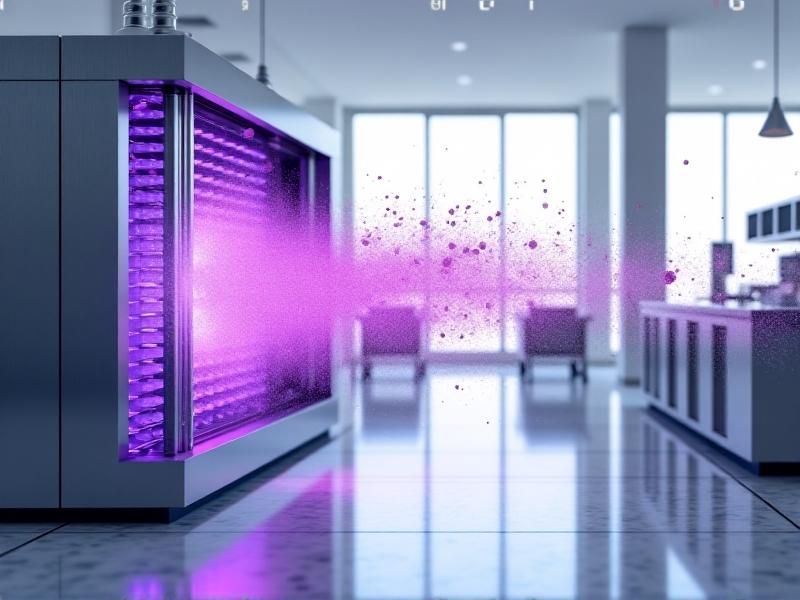
How UV Sanitization Works
UV sanitization relies on ultraviolet light, specifically UV-C, which has a wavelength between 200 and 280 nanometers. This type of UV light is capable of penetrating the cell walls of microorganisms and damaging their DNA or RNA, preventing them from reproducing and causing infections. UV sanitization systems typically consist of UV lamps that emit UV-C light, which is directed onto the surfaces or through the air to be disinfected. The effectiveness of UV sanitization depends on factors such as the intensity of the UV light, the exposure time, and the distance from the light source.
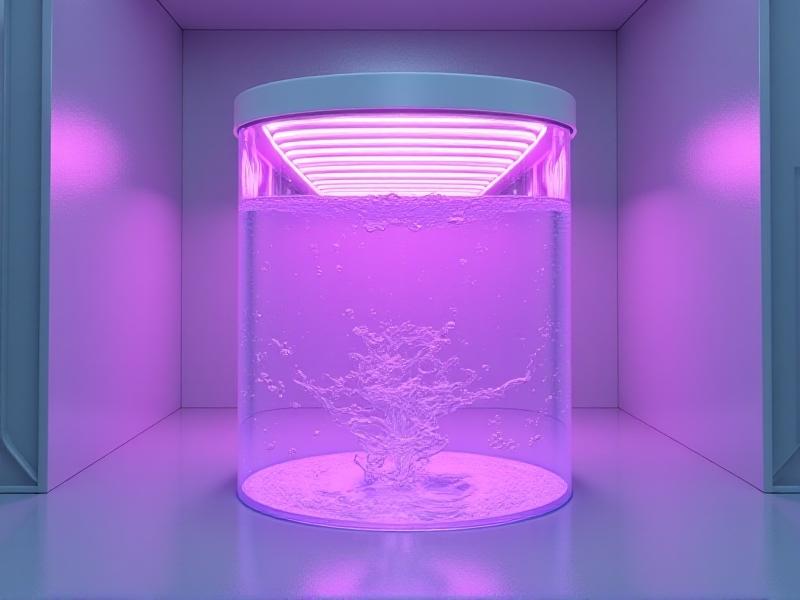
Initial Investment Costs
When comparing the initial investment costs of ozone and UV sanitization systems, several factors come into play. Ozone generators tend to be more expensive upfront, especially for high-capacity units designed for large spaces or industrial applications. The cost of ozone generators can range from a few hundred dollars for small, portable units to several thousand dollars for larger, more powerful systems. UV sanitization systems, on the other hand, vary widely in price depending on the type and size of the unit. Small, portable UV wands or lamps may cost less than $100, while larger, commercial-grade UV systems can cost several thousand dollars. It's important to consider the specific needs of your application when evaluating the initial investment costs.
Operational Costs and Maintenance
Operational costs and maintenance requirements are critical factors to consider when choosing between ozone and UV sanitization. Ozone generators require a continuous supply of electricity to produce ozone gas, which can lead to higher energy consumption over time. Additionally, ozone generators may require periodic maintenance, such as replacing filters or cleaning the ozone-producing elements. UV sanitization systems also consume electricity, but they tend to be more energy-efficient than ozone generators. However, UV lamps have a limited lifespan and need to be replaced periodically, which can add to the operational costs. It's essential to factor in these ongoing expenses when making a decision.
Effectiveness and Efficiency
Both ozone and UV sanitization are effective at killing a wide range of pathogens, but their efficiency can vary depending on the application. Ozone is highly effective at disinfecting large volumes of air or water, making it suitable for industrial or commercial settings. However, ozone can be less effective in areas with high levels of organic matter, as the ozone may be consumed before it can fully disinfect the area. UV sanitization is highly effective at disinfecting surfaces and air, but it requires direct exposure to the UV light. Shadows or obstructions can reduce the effectiveness of UV sanitization. It's important to choose the method that best suits your specific needs.
Safety Considerations
Safety is a crucial consideration when using ozone and UV sanitization systems. Ozone is a toxic gas that can be harmful to humans and animals if inhaled in high concentrations. It's essential to use ozone generators in well-ventilated areas or when the space is unoccupied. UV sanitization, while generally safe, can cause skin and eye damage if direct exposure occurs. Proper protective measures, such as wearing gloves and UV-blocking goggles, should be taken when using UV sanitization systems. Both methods require careful handling and adherence to safety guidelines to prevent accidents or health risks.
Environmental Impact
The environmental impact of ozone and UV sanitization systems is another important factor to consider. Ozone generators produce ozone gas, which, while effective at disinfecting, can contribute to air pollution if not properly managed. Ozone can also react with other pollutants in the air to form harmful byproducts. UV sanitization, on the other hand, does not produce any harmful emissions or byproducts, making it a more environmentally friendly option. However, the production and disposal of UV lamps can have an environmental impact, particularly if the lamps contain hazardous materials like mercury. It's important to weigh the environmental pros and cons of each method.
Applications and Use Cases
Ozone and UV sanitization systems are used in a variety of applications, each with its own set of advantages. Ozone is commonly used in water treatment plants, food processing facilities, and industrial settings where large volumes of air or water need to be disinfected. UV sanitization is often used in healthcare settings, laboratories, and residential applications for disinfecting surfaces, air, and water. Both methods can be used in combination to achieve a higher level of disinfection. Understanding the specific use cases for each method can help you make an informed decision based on your needs.
Cost-Benefit Analysis
When conducting a cost-benefit analysis of ozone and UV sanitization, it's important to consider both the initial investment and the ongoing operational costs. While ozone generators may have a higher upfront cost, they can be more cost-effective in the long run for large-scale applications. UV sanitization systems, on the other hand, may have lower initial costs but can incur higher maintenance expenses over time due to the need for lamp replacements. Additionally, the effectiveness, safety, and environmental impact of each method should be factored into the analysis. By carefully evaluating these factors, you can determine which method offers the best value for your specific needs.


